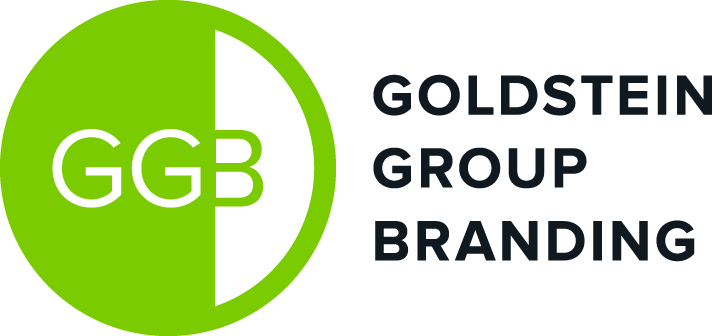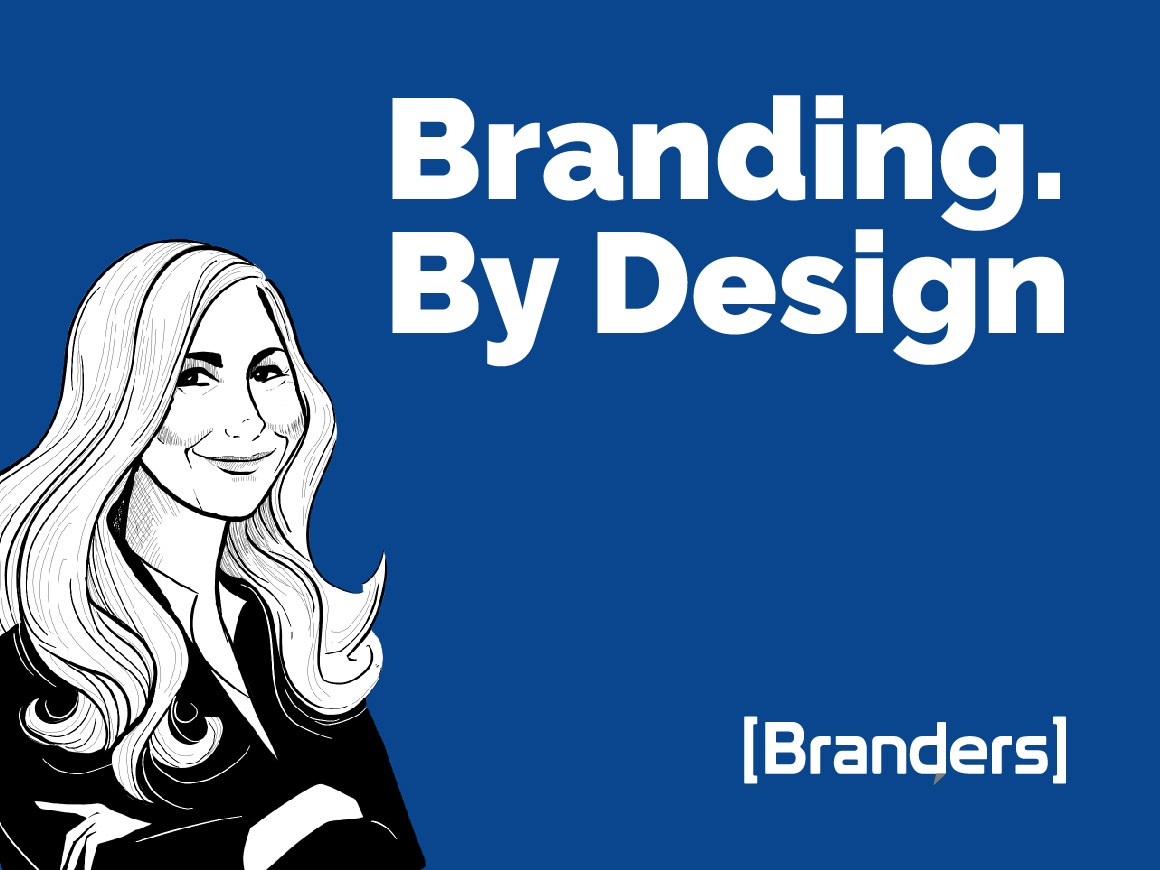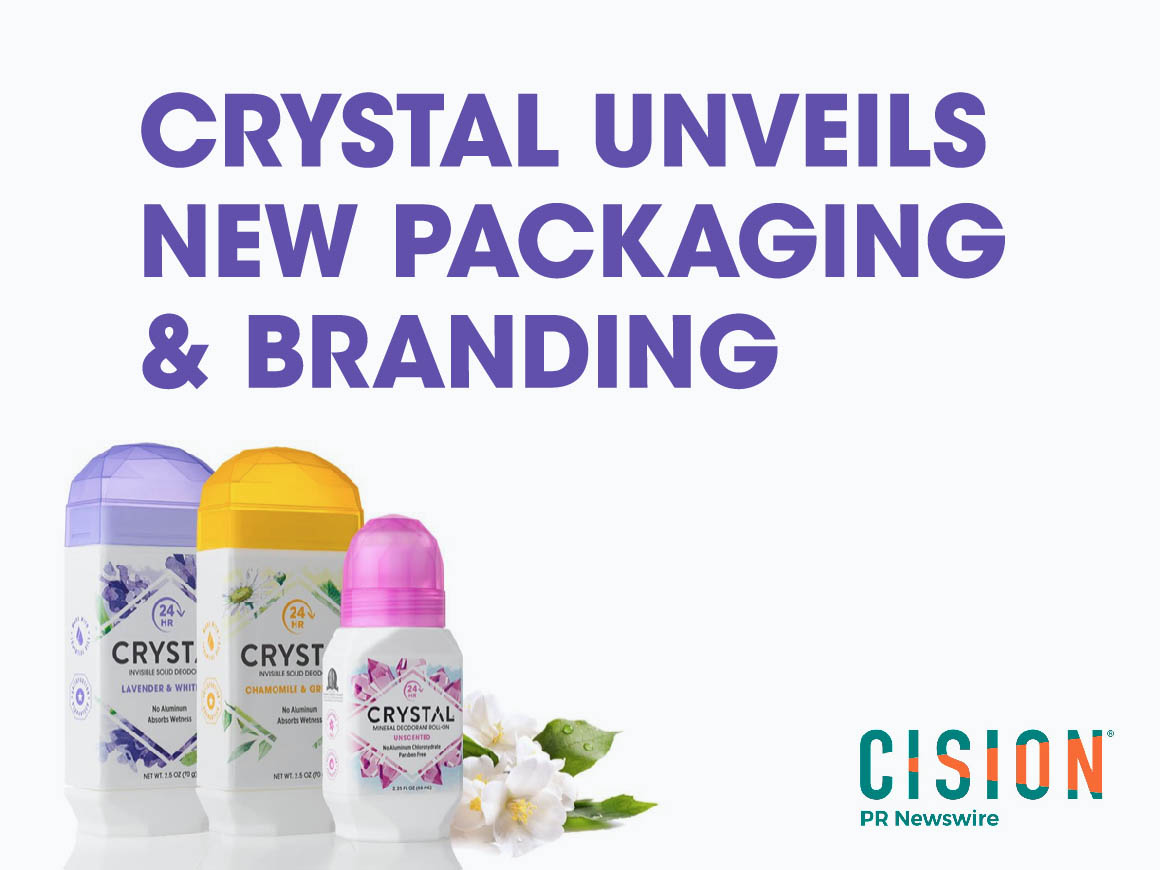Terri Goldstein, founder and CEO of The Goldstein Group, is convinced that packaging is about to change dramatically. Sustainable packaging is a huge opportunity for brand owners. Sometimes it is difficult to detect a significant change when you are in the midst of it. But now the shift towards more responsible packaging is evident, Terri Goldstein says.
“Packaging is changing dramatically every day. The change is, first and foremost, ecological. We can see the effects of wasteful packaging in our landfills and our oceans.”
Consumers are already awake. “People have long identified themselves with the brands they consume, and increasingly they expect companies to be conscious. They want to align themselves with brands that take the environment as seriously as they do.”
How green do you want to be?
“Brands can make a difference just by cutting down the existing materials they use even if they aren’t switching to more sustainable ones,” Goldstein says.
If a brand wants to go further in responsibility, goal setting is mandatory. “Ask yourself how green you want to be. Determine the level of responsibility you want and set the goal. The younger segment is interested in green packaging. If that’s the segment you are going after and you show yourself as a responsible brand owner, you better make sure that you are one.”
“Ask yourself how green you want to be. Determine the level of responsibility you want and set the goal.”
Better with less can sell more
Goldstein, who has worked on some of the biggest brands in the United States and beyond, is constantly looking for new ways to promote responsible packaging.
“The decision to employ more sustainable packaging is for the brands to make. But as designers, its our responsibility to present options to the client and advise them to make the best decision.” Recently, Goldstein ‘s team was talking with a client about redesigning the structure of their package. “We successfully convinced them to switch from a mock clamshell, which has a layer of plastic over the entire front display panel, to a trapped blister which uses a fraction of the amount of plastic,” she says. “This was not only a more sustainable switch, but it also looked more premium and allowed us to design custom finishes with new environmentally sound solutions. It was truly a win-win situation.”
Partnering with like-minded groups
Goldstein sees that better materials are arriving, and some of old ones are flourishing.
“Corrugated board is on the rise like we have never seen before. It’s recyclable, it’s responsible, and it’s a great material to work with. It is lightweight, and it does not have ink in it when it’s made of fresh fibre-based materials.”
She advises that manufacturers of ecological packaging materials should offer more comprehensive service solutions. They should partner with other groups to educate brand owners about the raw materials available to them, how to responsibly print on these materials with sustainable inks and finishes, while also providing key message points and approved certifications, seals and endorsements.
She also notes: “Change is hard for large brand owners, it takes time and money to reengineer a corporation’s global supply chain, procurement, operations and packaging departments and wait for the benefits to become realized. This is why manufacturers of sustainable substrates need to educate the C-suite, investors and other stakeholders to the intrinsic value and benefits of sustainable packaging, while also providing data to prove that a ROI will be obtained.”
Entrepreneur and speaker
Terri Goldstein has been working with brand packaging in some way for her entire career.
“I have always been a highly visual and intuitive person, and seeing brands that communicate in a visual vocabulary to win over consumers excites me.”
Goldstein studied at the Advertising Center in Los Angeles. She started her career in Texas at DDB, and then moved to New York and was soon named one of the first female VPs of a Wall Street ad agency. In 2005, she founded her own company, The Goldstein Group, which has worked with clients such as Bayer, Merck, ConAgra, Sanofi, Panasonic, USP/Zdrowie and many more.
“Our focus from the beginning has been intelligent design, informed by customized research. Over the years, our focus has reflected changes in the market, but we remain rooted in packaging design with ownable and legally protectable core identifiers. We understand how brands can build a strong visual strategy both at retail and online to ensure they are highly valued at the point of sale.”
Goldstein is also a well-known speaker, traveling the world to present her branding and packaging expertise. “I want my audience to understand that their job is to represent the one identity that can’t speak for itself; their brand. It speaks with a visual vocabulary of colors, shapes, and symbols. Those transcend into associations and emotions which resonate, or not, in five seconds or less,” she says.
“That’s how successful brands are built.”
Originally published in Metsa Board Magazine, Spring 2020




